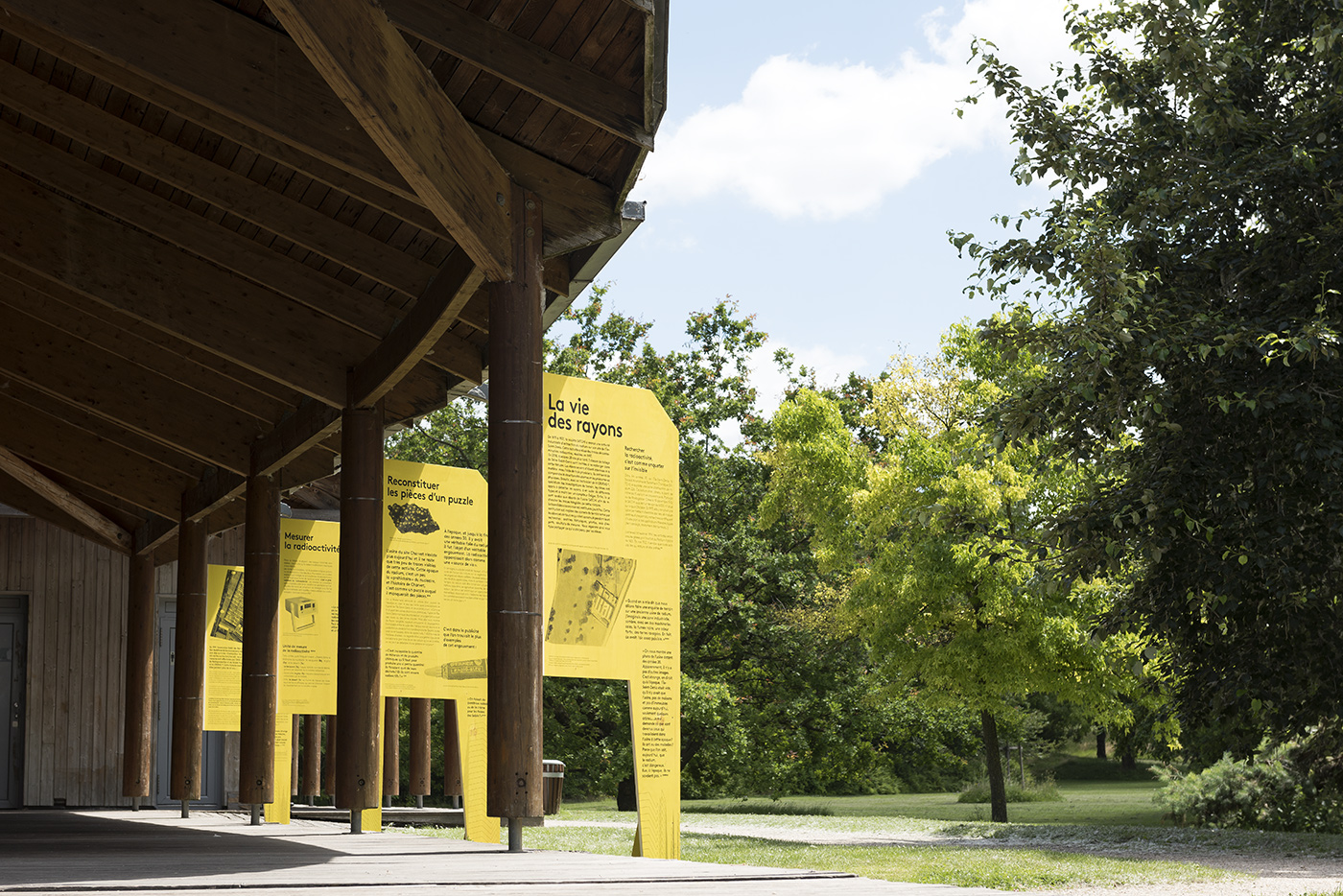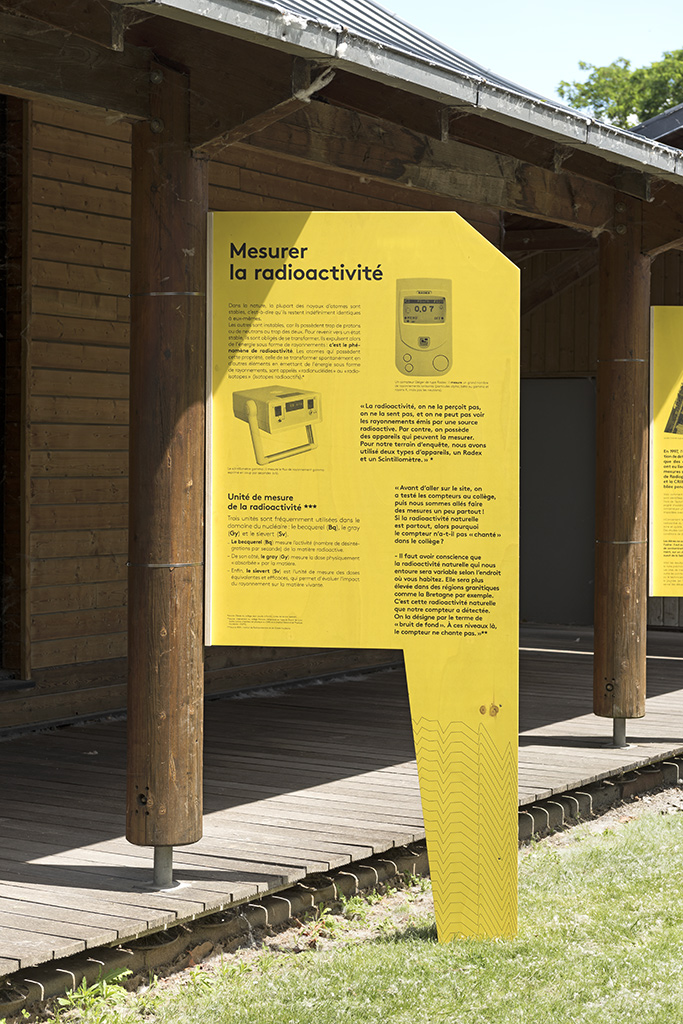- 2025
- 2024
- 2023
- 2022
- 2021
- The Forest System
- 2020
- A place to read
- Counterfactual
- Deep Sleep
- Fixing Sounds
- Ghost Populations
- Grey Matter
- Humanities
- Impôts.gouv
- My Precious One
- OK computer
- One for all
- Perfect Match
- Personal Borders
- Trial by fire
- Unconscious
- 2019
- Anonymous
- Daily science
- Houston 69
- Image and text
- La santé autrement
- Parts and labour
- Playing with fire
- Plu-present
- The art factory
- The legend factory
- The nuclear effect
- Unique every time
- Vertical
- What exactly is happiness?
- striking a chord
- 2018
- Animal images
- Connections
- Current affairs
- Extra space
- Les courts circuits
- Metamorphoses
- Off ground
- Playing with fire
- The Earth quakes
- The life of rays
- The ocean phenomenon
- The scope of cinema
- The struggle continues
- Top model
- Traces
- What is peace?
- 2017
- All about the climate
- Artistic territory
- Cars
- In all probability
- Inner journey
- Letter to a friend
- Planetarium
- Plants and us
- Polyptics
- Poster child
- Propagation of monotony
- Rocks unlimited
- Tour operator
- We, the presidents
- Youth culture
- 2016
- 3D universe
- Art curator
- Bioethics
- Colours
- Community radio
- Different books - digital design
- Different books - paper design
- Hands on
- Images - Mémoires
- In all probability
- Landscapes
- Meteors
- Microscopic
- Mirages
- Pantone Food
- The great outdoors
- The idiots' guide to teenagers
- The night
- There were several of them
- Under the surface
- 2015
- Books otherwise
- By prescription
- Denim
- Feet on the ground
- Intermediate schools in France
- Meteorologists
- Occupation: inventor
- Outdoors
- Sweet treats
- The art of love
- The climate in fiction
- To be completed
- Universal light
- Urban life
- What is today?
- Words and music
- 2014
- Are you modern?
- Aroma research
- Calculating sound
- Digital dreams
- Female landscape
- Hung up
- Infinite at top speed
- Les Grandes Tables
- Life in the laboratory
- Listening to the sacred
- Short trips into the working world
- The age of the earth
- Use and reuse
- Water
- Words and music
- Words and things
- 2013
- Aroma research
- As if by chance
- Behind the screen
- By what right?
- In praise of mixity
- Infinity at top speed
- Listening to the sacred
- Looking at animals
- Mass markets
- Memory
- On promotion
- Once upon a time: Art
- Segami
- Sensitive boundary
- Short trips into the working world
- The French factory
- Truth in sport
- 2012
- A simple movement
- Animalia
- Archigram
- Babel
- By what right ?
- Call it anything
- Dinner's served!
- Experience of the world
- Found objects
- Money
- Once upon a time: Art
- Perceptible split
- Phenomena
- Serious games
- Television
- Warmly dressed
- 2011
- Animalia
- Balance of power
- Breathless
- Chemistry year
- Cities and architectures
- Eurêka
- Experience of the world
- Food
- Found objects
- Homepage
- Once upon a time
- Public life
- Television
- Under constraint
- Video games
- Vostok
- What to wear
- 2010
- Chimie en cuisine
- Eurêka
- Evolution
- Jeux vidéo
- La bioéthique
- La richesse - philosophie
- La richesse - sociologie
- Les adolescents - photographie
- Les adolescents - sociologie
- Objets trouvés
- Quel grand Paris?
- Rapprochement des cultures
- Sous contraintes
- Télévision
- Village global
The life of rays
Since 2009, the Seine-Saint-Denis County Council has been backing “la Culture et l’Art au Collège (CAC)”. This project is based to a large extent on the presence in class for several weeks (40h) of an artist or scientist whose mission is to engage the students in a process of research and creation.
Tutors:
Luca Scotto Lavina, Romain Gaior/ physics researchers, Guillaume Amoyal / PhD student in Nuclear Instrumentation, Christian Coubron/ engineer, CRIIRAD, Sophie Houdart/ anthropologist.
Project manager:
Mathieu Marion
Objectives:
From 1913 to 1927, the SATCHI Company carried out industrial activity extracting radium at its Ile Saint-Denis site at the Charvet plant. In 1997, it was revealed that this activity has left behind it traces of radioactive contamination. In 2018, F93 invited 3 classes from middle schools in Seine-Saint-Denis to investigate the story. Guided by three physicists and a specialist in field investigations, the students first studied the subject: they looked at the structure of atoms and learned about physical phenomena. They then learned to detect rays, isolate the different types and use Geiger counters. They then visited the area surrounding the plant to look for tangible.
Workshop:
Natural and Artificial
Radioactivity and radiation are omnipresent in our day-to-day life; we ourselves are radioactive because of the presence of certain elements in our bodies. During this introductory phase, the scientists explained this phenomenon to the students. What is an atom? What is a nucleus? What is radiation? In order to understand, the students studied the subject and observed the classification of elements in the periodic table. The scientist also showed the class that alongside natural radioactivity, there also exists radioactivity that is generated by human activity: artificial radioactivity and its various applications in medicine, energy, etc.
Measuring the Invisible
Radioactivity is an invisible phenomenon. Nevertheless, it is possible to detect its rays. In class, the students learned how to use a Geiger counter. They took measurements and interpreted the results depending on the different situations: the soil (sediment, earth), matter (wood, concrete), and screening their schools by way of example. For the second phase, the group visited the Ile-Saint-Denis to measure the radioactivity there. This site was chosen because of the CRIIRAD’s (Commission for Independent Research and Information on Radioactivity) knowledge of the possible existence of pockets of residual contamination in the public area around the site of the former Charvet plant (due to its earlier Radium 226 extraction activities). Accompanied by a CRIIRAD technician specialising in field investigations, the students conducted a campaign taking measurements and samples.
Understanding
Back in the classroom, the group analysed the results of its samples. They addressed the problems surrounding exposure to ionising radiation, learning a new vocabulary: effects, doses, irradiation, contamination, etc. To explore this approach and assess its basics, the students met with Sophie Houdart who discussed her anthropological study of the Fukushima region. The students and Sophie shared something in common: they had all been in contact with a radioactive “terrain”. The discussions moved on to more ethical issues such as, for example, the management of nuclear waste. :
Entre le 20 juin et le 3 juillet, au parc départemental de l’Ile-Saint-Denis, une exposition présentant le travail des classes a été installée. Cette restitution est inspirée des carnets de terrain tenus par les élèves et de tout ce qui s’est accumulé pendant leurs recherches : archives historiques, photos, avis d’experts, résultats de mesures ; cette exposition a permis à tous de saisir la vie des rayons telle qu’elle a été perçue par les élèves.
Showcase:
Between June 20th and July 3rd, an exhibition presenting the students’ work was set up in the Ile-Saint-Denis Departmental Park. The exhibition was inspired by the field notebooks kept by the students and everything they discovered during their research: historical archives, photos, expert opinions, measurement results, etc. The exhibition gave the public an understanding of the life of rays as perceived by the students.
Acknowledgements:
F93 would particularly like to thank Thierry Morin (Head of Urban Parks), Guillaume Gaudry (Deputy Head of Urban Parks) the Seine-Saint-Denis County Council’s Department of Nature, Landscapes and Biodiversity and Michel Scrive, Head of Events at the Ile-Saint-Denis Park for their precious help carrying out this project.
Outings (selection):
- Musée Curie
- Cité des Sciences et de l’Industrie
- Palais de la découverte
- Université Pierre & Marie Curie
- Site Charvet Ile-Saint-Denis
Participating Schools:
- Class 3ème du collège François Mitterrand à Noisy-le-Grand
- Class 4ème du collège Camille Claudel à Villepinte
- Class 3ème du collège Jean Jaurès à Pantin
Scenography: ELODIE DESCOUBES
Photos: PIERRE ANTOINE





